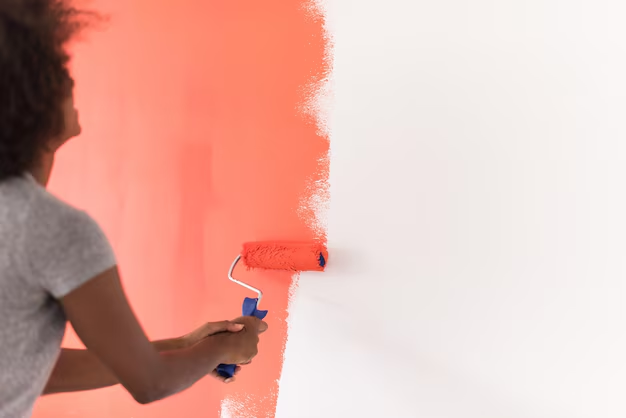Thinking of Painting Your Apartment Walls? Here’s What You Need to Know
Are you gazing at your apartment walls, longing to splash them with a color that feels more like you? Painting apartment walls is not just a way to personalize your space; it can also affect mood and ambiance. Yet, before you start rolling on that first coat, it’s crucial to understand the ins and outs of apartment painting. Here’s a concise guide to help you navigate this potential home improvement project.
Understanding Lease Agreements
Before buying a single brush, take a close look at your lease agreement. Most leases will specify what you can and cannot do with your apartment’s interior. Many landlords include clauses about maintaining the original wall colors, with some potentially allowing painting under specific conditions, such as agreeing to restore the original color before moving out.
Communicate with Your Landlord
It’s best to be forthright with your landlord. Send an email or make a call expressing your desire to paint and inquire about their specific preferences and stipulations. Some landlords may permit certain neutral colors, while others might require a professional painter to handle the task to ensure quality.
Legal Permissions and Penalties
Some local laws may influence what alterations you can make in rented property. Always double-check if there are regulations for painting apartments so that you can avoid potential fines or penalties. Failing to comply with the rules outlined in your lease or local housing laws could lead to a deduction from your security deposit or other charges.
Financial Considerations
Even if your landlord agrees, consider the financial implications. If you’re required to repaint the walls back to their original color upon moving out, those costs can add up. Also, depending on the apartment size and paint quality, the initial investment for supplies might be more than anticipated.
Exploring Financial Assistance for Renters
While altering your living space can come with costs, financial stress shouldn’t paint you into a corner. Renters often have access to various government aid programs or other financial assistance options that can help manage overall housing costs, allowing for projects like painting without stretching the budget.
Tools for Financial Management
Debt relief options, credit card solutions, and educational grants can provide a safety net. These solutions facilitate better financial control, enabling renters to pursue personal projects like an apartment makeover more comfortably.
Creative Alternatives to Painting
If painting isn’t feasible due to lease limitations or financial constraints, consider alternative ways to add personal flair to your space:
- Wall Decals and Stickers: Easy to place and remove, offering flexibility without permanent changes.
- Artwork and Curtains: Use large art pieces or colorful drapes to introduce color and character.
- Temporary Wallpaper: A peel-and-stick option that can be removed effortlessly when needed.
These options can transform your space, providing aesthetic appeal while complying with lease stipulations.
🏡 Resources for Renters
- Government Aid Programs: Check local listings for housing assistance.
- Financial Assistance: Explore options like rental assistance funds if struggling with monthly costs.
- Debt Relief Solutions: Consult with financial advisors for plans tailored to reduce overall expenses.
- Credit Card Offers: Manage payments with 0% APR introductory rates for initial purchases.
- Educational Grants 🎓: Consider grants or scholarships to increase earning potential, targeting career growth.
Taking these steps ensures that your apartment feels like home while maintaining good standing with your landlord and financial health.
